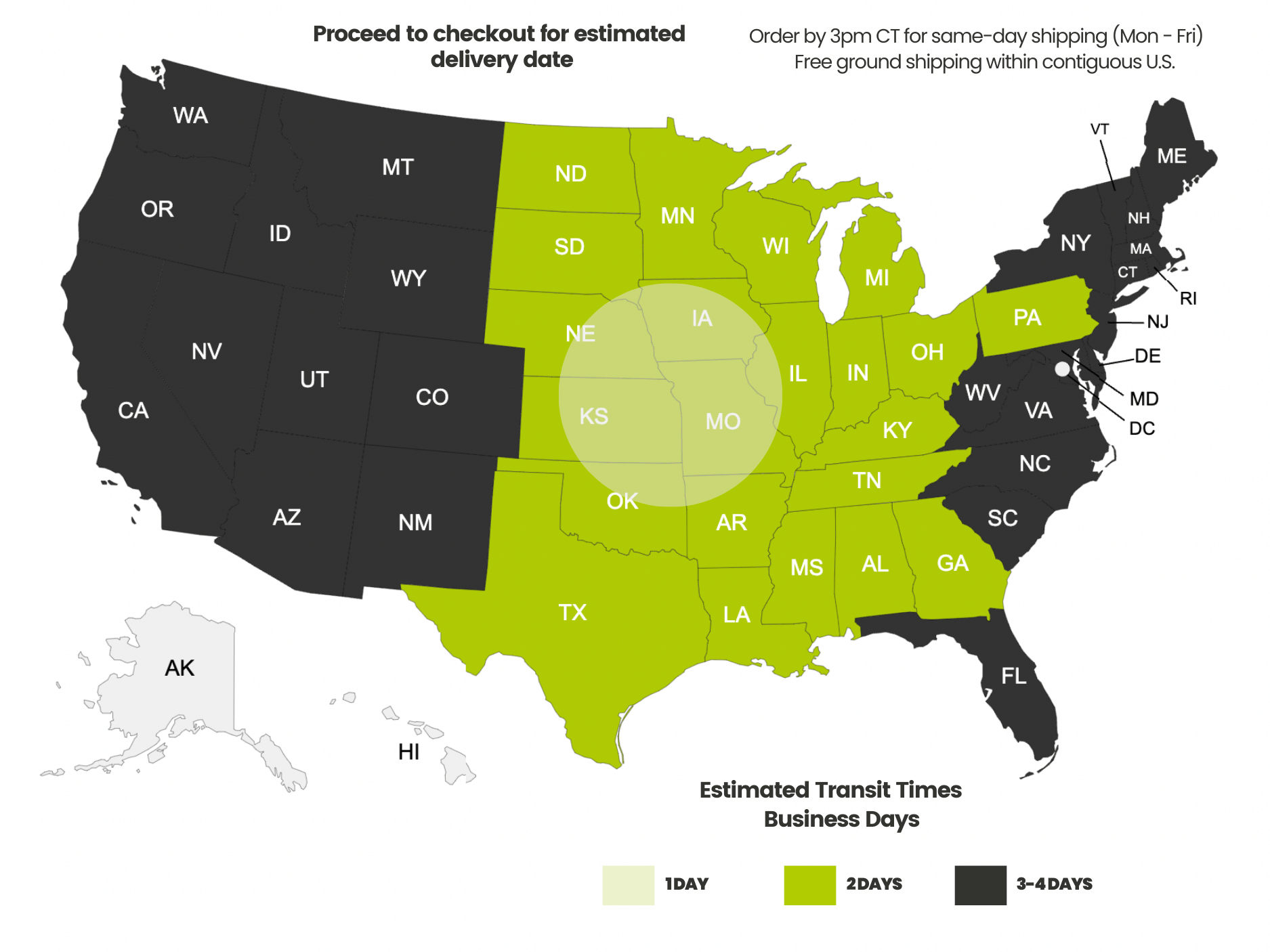Payment methods accepted

Different Ethernet Cable Colors and Their Purposes: What They Mean and When to Use Them
Written by Don Schultz, trueCABLE Senior Technical Advisor, BICSI TECH, INSTC, INSTF, Fluke Networks Copper/Fiber CCTT
What do Ethernet cable colors mean? Well, first we need to understand what we mean by “Ethernet” cable. Are we speaking of copper twisted pair Category cable (like Cat6A) that we all know and love? Or, perhaps, we are speaking of fiber optical cable? Fiber optical, copper twisted pair Category cable, and coaxial cable are all capable of transmitting Ethernet data packets, so therefore Ethernet is a protocol and not specifically a cable type. Now, to be fair, copper twisted pair Category cable was purpose designed to carry Ethernet packets but it can do more. For purposes of this blog, we will generically refer to copper twisted pair Category cable as “Ethernet cable” to simplify things. Just keep the foregoing in mind.
With the term “Ethernet” more fully defined, lets talk about Ethernet color. Specifically, Ethernet cable outer jacket color. Does color matter when it comes to copper twisted pair Category cable like Cat5e, Cat6, or Cat6A? After all, many different colors are seen. Why would that be? That is what this blog is all about! Stay tuned for a full explanation and an ethernet cable color chart!

Please note this blog does not address the T568A or T568B termination color codes. That is a separate subject. For more information on termination related LAN cable color codes, please see T568a vs T568b: Which To Use.
Do Ethernet Cable Colors Matter?
The color of the cable jacket has nothing to do with the actual performance of the cable, but may play a role in signifying the application the cable is being used for. So the answer is YES for organization, but NO for performance. The long and short is that copper twisted pair Category cable (or coaxial Series 6 for that matter) may be any number of colors and those colors may be used to signify the “structure” of a structured cabling system (SCS).
In a structured cabling system, network cable color coding is often used to:
- Promote organization and identification
- Simplify troubleshooting
- In certain circumstances, comply with local codes for items such as fire alarm circuits
Is there a standard that defines where the colors are used and how? Yes. Does the standard still apply if a customer has a specific requirement that the colors be different? No.
Structured Cabling Systems (SCS)
It will be helpful to clarify a few concepts before we fully explain where, when, and why colors are used in an installation. Installations can range from simple to complex, and colors can play a key role in keeping everything organized.

Generic Structured Cabling System Diagram
Image via Flylib

Here is another example of a generic SCS, to help with clarity
Image via ISEP
Many of these terms may not be familiar to you, so here are some definitions that may help you visualize where the conceptual meets the physical:
- Telecommunications outlets are the actual jacks you plug into, such as in an office.
- Horizontal cabling is the cabling dropped (run to) the remote telecommunications outlets.
- Horizontal cables radiate outward from the telecommunications rooms (TRs). In a multi-story building there will be one or more TRs per floor, and these are also called “floor distributors”. Horizontal cabling is terminated to a horizontal cross-connect (HC).
- Telecommunications rooms are fed by backbone cable, and that backbone cable would be typically running vertically from TR to TR splitting off to be cross-connected with the horizontal (floor) cabling. TRs serve up to 10,000 square feet. There may be more than one TR per floor!
- A CP, or Consolidation Point, is typically found inside a TE or telecommunications enclosure. TEs are located close to the work area to be served, and they are meant to make adds/changes easier and help with organization of the cabling. TEs serve up to 3,600 square feet of office space.
Therefore, a “horizontal cross-connect” is the physical location of where the backbone cabling transitions to cabling meant to go to cubes, offices, etc.
If you wish to learn more about backbone cabling please see What's the Difference Between Backbone and Horizontal Cabling?
What does the Standard say?
The standard that applies, at least in North America, is ANSI/TIA-606-D - Administration Standard for Telecommunications Infrastructure. Quite frankly the vast majority of this standard goes into elaborate detail on developing an identification and labeling system for your infrastructure based upon “Class”. Class means “Class of Administration” and refers to the literal size of the installation, such as installations contained to a single building or even campus-wide networks. The larger the Class of the system, the more elaborate the labeling and documentation needs to be.
That all said, little thrift is given to the ethernet color coding aspect. The specific section that addresses color is Section 10. Directly quoted from the standard, “Color-coding of cables, connectors, cords, jumpers, termination fields, labels, pathways, and other components may be used to identify the type, application, function, or position of a component within the infrastructure.”
The standard then dives into color coding of the cross-connect termination fields themselves, with the implication that you may also match the cabling itself.
Termination fields (for example) refer to the point where backbone cabling is transitioned (cross-connected) with horizontal cabling in a TR. This may be seen with punch down blocks mounted on a wall or a port (or group of ports) in a patch panel. How would that look? Here a few examples:
- Different color keystone jacks (in a tool-less keystone patch panel for example)
- Different color punch down blocks
- Different color labels on the punch down blocks
- Areas of the backboard the blocks are mounted to may be painted a different color
So, punch down blocks used to cross-connect backbone to horizontal cables would literally have white (or gray) blocks located right next to blue punch down blocks. The blocks themselves may not be colored, but the backboard the blocks are mounted to may be painted different colors in different areas, or have large colored labels. How might this look in real life?

Image via Century 21 Commercial
Common Ethernet Cable Colors and Their Uses
As you have no doubt noticed, Ethernet cable comes in a lot of different colors and not all of them are called out by the standard. So, there is quite a variety. Does TIA-606-D provide any color recommendations? Yes it does!

If the “Termination Type” or “Typical Usage” terms confuses you, please re-read the section above regarding structured cabling systems.

What about other colors like pink and black? These colors are not called out for any use in the standard, but are nonetheless available. Some ideas:

This chart does not specify patch cable color codes; these may be considered part of the color coding scheme you are following. Ultimately, following the standard in regards to color coding is purely voluntary and falls into the category of “best practice” in the absence of a contract dictating otherwise.

If you are installing for a customer or working under a contract, the customer may specify which colors should be used and where they should be applied. Always follow the Statement of Work, if one is provided.
Use Cases: Why Cable Color Matters in the Real World
Here are some installations and why color coding components of the cabling system would be a very good idea:
- Data Centers: High-density environments benefit from clearly color-coded cables. One of the biggest concerns with data centers is the massive number of connections and cross connections. Troubleshooting, adds, moves, and changes can be a considerable task. Color coding all associated termination hardware, patchways, cabling, etc. can ease maintenance.
- Commercial Networks: Separate VLANs or user groups using color. Commercial networks can be quite complex, and may be logically divided into different virtual networks to serve different user groups or provide different levels of access. To make this more human friendly it is suggested to color code specific ports and drops to make them distinguishable.
- Security Systems: Use yellow for surveillance or alarm connections. Examples would be access control key pads, camera systems, motion sensors, etc. For life saving emergency systems, such as fire alarms, red may be required by code and prohibited for any other purpose. Check your local laws before using red.
- Home Networking: DIYers can label and color-code for future-proofing, but also have the freedom to use colors as needed to match aesthetic concerns.
Ethernet Color Coding Best Practices
- Be consistent across your entire system. Consistency is key to color coding. If you have a pattern you are using it is strongly recommended to stick with it. The next time the system needs to be modified (or someone aside from yourself needs to work on it) this will reduce confusion and costly mistakes.
- Document your color scheme on-site (charts, patch panels). When the color code scheme has been settled on, it is important to document it and make permanent charts to attach to backboards or racks. This is part of properly documenting your structured cabling system and the importance of documentation cannot be overstated! More money has been wasted due to errors and rework as a result of missing or incomplete documentation.
- Use labels in addition to color — don’t rely on color alone. In addition, these labels should be permanently attached to both ends of cables, onto patch panels, racks, outlets, bonding and grounding conductors, and even cable path ways. Permanent adhesive labels are strongly recommended and they should be machine printed. Hand written labels are not acceptable.
Conclusion
So, there you have it! Color coding of your structured cabling system is not absolutely required, but strongly recommended. Without proper labeling and color coding, troubleshooting, visual inspections, and making adds, moves, or changes become much more difficult. Proper color coding reflects professionalism and good workmanship. Nothing is more irritating to a customer (or yourself) when it is nigh impossible to figure out what goes where!
HAPPY NETWORKING!
trueCABLE presents the information on our website, including the “Cable Academy” blog and live chat support, as a service to our customers and other visitors to our website subject to our website terms and conditions. While the information on this website is about data networking and electrical issues, it is not professional advice and any reliance on such material is at your own risk.



























